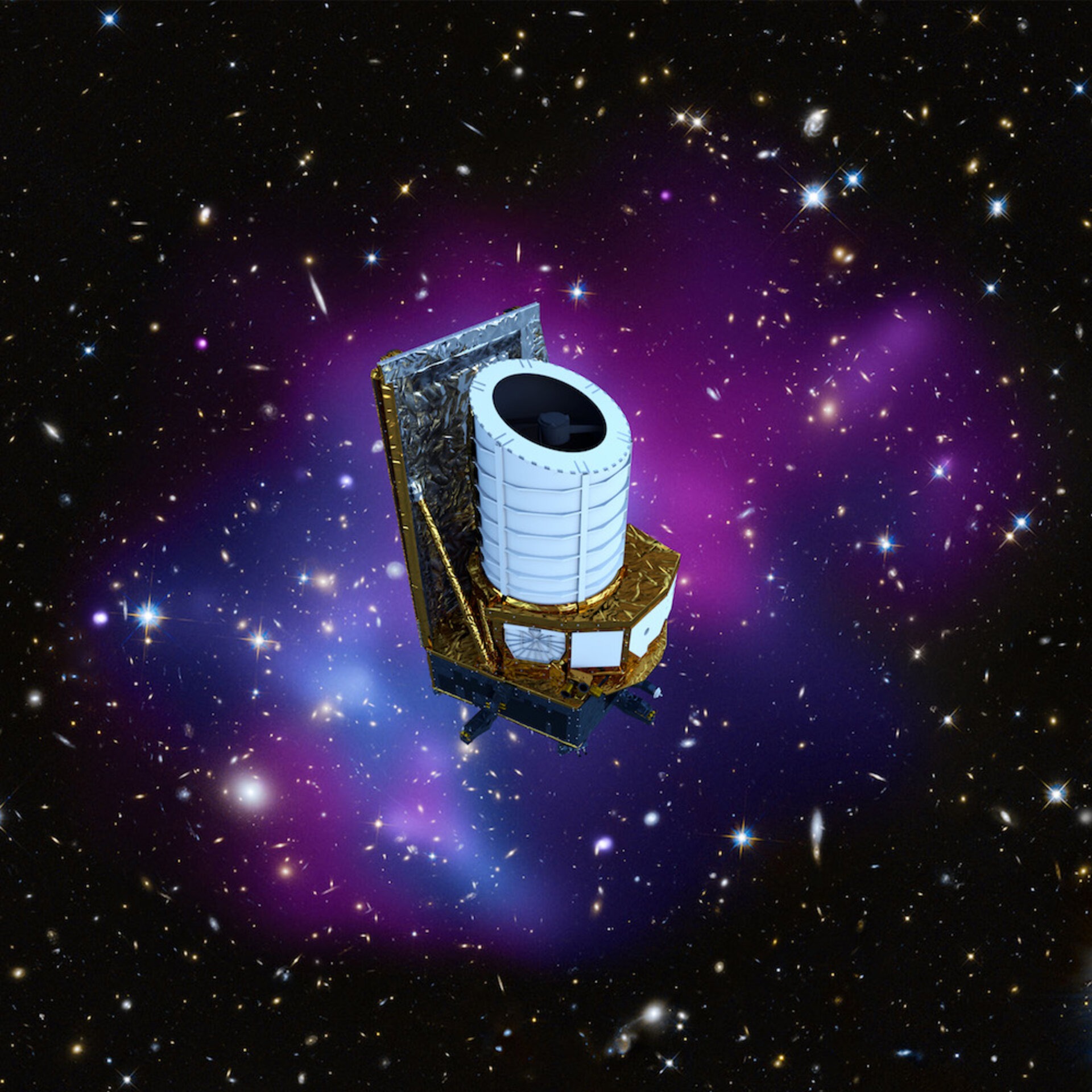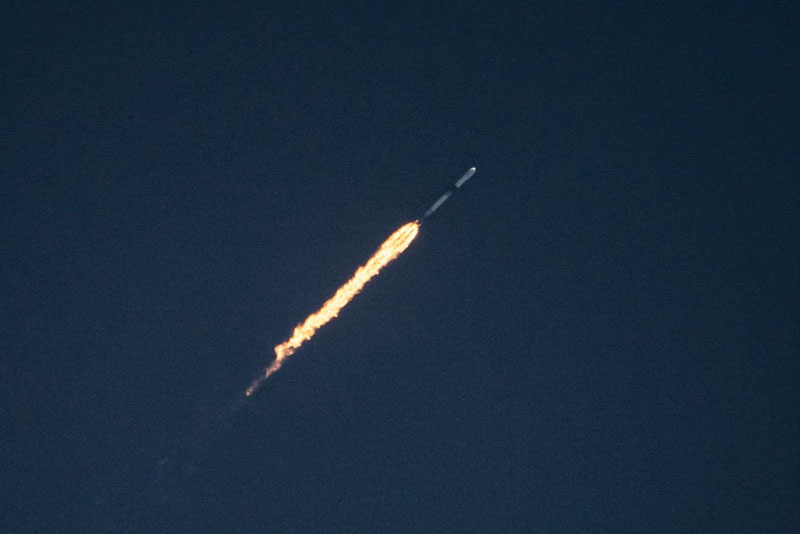On July 1, ESA successfully launched the USD 1.5 billion Euclid Space Telescope. The expensive telescope was created to make one ambitious attempt to determine the nature of dark matter — an unknown material permeating the cosmos, and dark energy, a mysterious repulsive force that accelerates the expansion of the Universe. These invisible forces, according to scientists, make up 95% of the known Universe.

“It’s very difficult to find a black cat in a dark room, especially if there is no cat. That’s a little bit the situation we find ourselves in because we have these observations but we lack a good theory,” says Henk Hoekstra, an astronomer at Leiden University and a member of the Euclid research consortium.
The telescope, named Euclid in honor of the ancient Greek mathematician Euclid, who is called the “father of geometry”, was sent into space on a SpaceX Falcon 9 cargo rocket, which launched at about 06:00 p.m. GMT+3 from the Space Forces station at Cape Canaveral. Next, the space telescope will cover a distance of 1.6 million km from Earth to the L2 Lagrange point, where the James Webb Observatory is now located.
But if all goes well, Euclid will directly observe the distribution of dark matter using the effect of gravitational lensing, which changes the shapes of galaxies deflected by the entire distribution of dark matter along a given line of sight. This will ensure the distribution of invisible dark matter in the Euclid field of view.

Spectroscopic observations of tens of millions of galaxies will allow researchers to map distances and velocities in three dimensions, shedding light on whether dark energy is actually the force behind the acceleration of cosmic expansion, or some other explanation may be needed.
Dark Energy Detection
In 1998, astronomers who mapped the expansion of the Universe expected to see that it was slowing down due to the gravity of all its components. They were surprised when they discovered that space was expanding, and everything in it began to accelerate five to six billion years ago. The unknown force causing this acceleration was called dark energy.
Since then, researchers have concluded that dark energy accounts for almost three-quarters of the mass and energy of the entire Universe. Dark matter makes up about 24% of the Universe, while the atoms and molecules that compose normal matter – Earth, people, stars and galaxies – make up only 5%.
Earlier we reported on how dark matter called into question Einstein’s theory of gravity.
According to Space Flight Now
Follow us on Twitter to get the most interesting space news in time
https://twitter.com/ust_magazine

